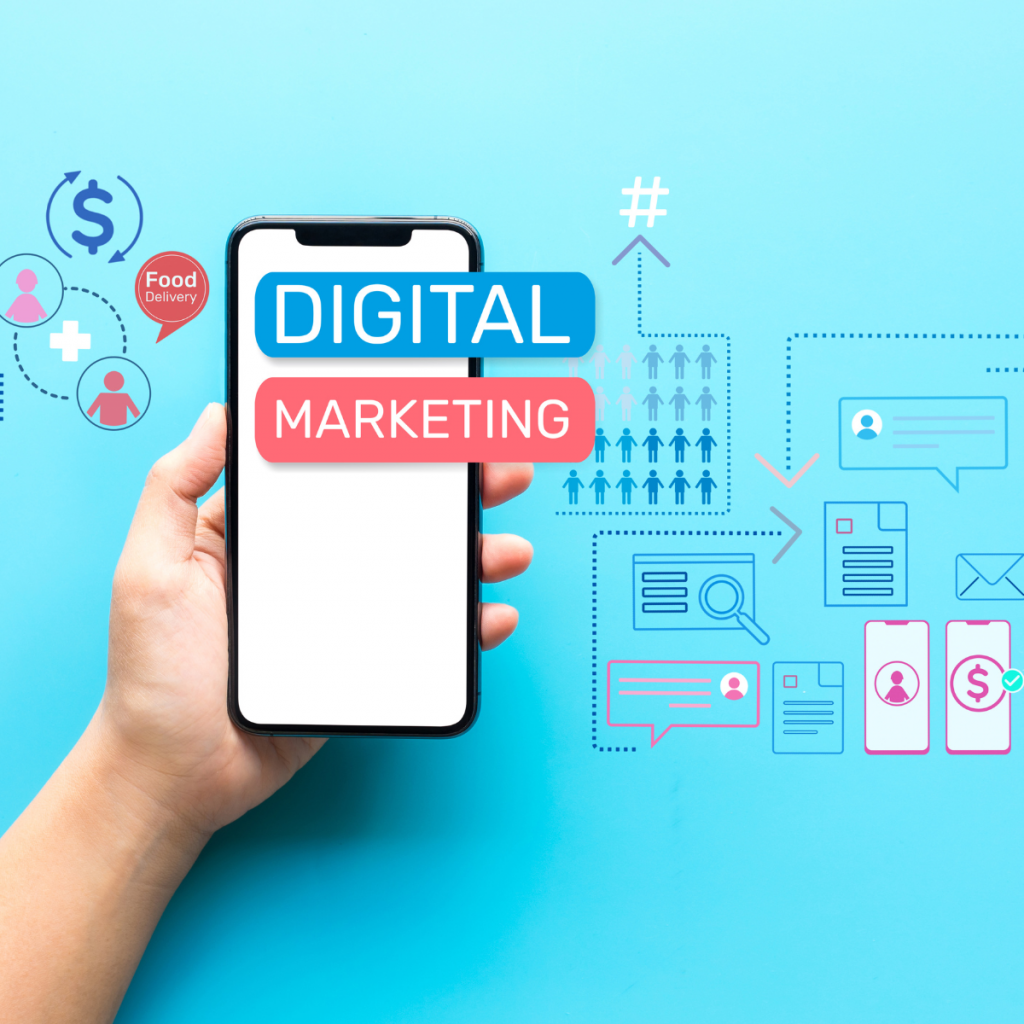In the digital landscape, content is the backbone of every successful marketing strategy. However, creating engaging material goes beyond merely producing words. Content optimization ensures your message reaches the right audience, ranks higher in search engine results, and drives user engagement. By integrating effective techniques, businesses can maximize their content’s potential, capturing attention and fostering deeper connections with readers. This article delves into actionable strategies for optimizing content to create impactful, engaging material that resonates with audiences and boosts online visibility.
What is Content Optimization?
Content optimization involves tailoring your material to meet the needs of search engines and readers simultaneously. This practice enhances relevance, readability, and discoverability, ensuring content performs effectively across digital platforms.

Why Content Optimization Matters
- Higher Rankings: Optimized pages are more likely to appear at the top of search results.
- Increased Engagement: Well-structured content keeps readers interested and encourages interaction.
- Better Conversions: Relevant material motivates users to take desired actions, such as subscribing or purchasing.
Key Elements of Optimized Content
- Target Keywords: Use terms that align with user searches.
- Readable Format: Break text into manageable sections with headers and bullet points.
- Multimedia Integration: Enhance content with images, videos, and infographics to appeal to diverse audiences.
Crafting Content That Connects
Research Your Audience Thoroughly
Understanding your target demographic is fundamental. Knowing their preferences, challenges, and interests allows you to create content that resonates.
How to Research Effectively
- Use tools like Google Analytics to analyze audience behavior.
- Conduct surveys or polls to gather direct feedback.
- Monitor social media platforms for trending topics and discussions.
H3: Identify the Right Keywords
Keywords act as the bridge between your content and search engine users. Focus on terms with high search volume and low competition to improve visibility.
Tips for Keyword Selection
- Use platforms like Ahrefs or SEMrush for keyword insights.
- Incorporate long-tail keywords to target niche audiences.
- Avoid keyword stuffing, which can harm readability and rankings.
Structuring for Success
Write Captivating Headlines
Your title is the first thing users see. Make it compelling enough to spark curiosity and drive clicks.
Characteristics of a Great Headline
- Concise and to the point.
- Incorporates target keywords naturally.
- Evokes emotion or offers a clear value proposition.
Use Engaging Subheadings
Subheadings not only enhance readability but also help search engines understand your content’s structure.
Best Practices
- Organize sections logically.
- Keep subheadings descriptive yet succinct.
- Use header tags (H1, H2, H3) appropriately to signal hierarchy.
Optimize for Mobile Users
With a significant portion of web traffic coming from mobile devices, ensuring mobile compatibility is essential.
Steps to Optimize
- Use responsive design to adapt to various screen sizes.
- Keep paragraphs short for better readability on smaller screens.
- Test mobile performance using tools like Google’s Mobile-Friendly Test.
Enhancing Content Quality
Focus on Originality
Search engines prioritize unique material that provides value. Plagiarized or repetitive content can harm your reputation and rankings.
Ways to Ensure Originality
- Conduct thorough research to offer fresh perspectives.
- Cite reliable sources to support your points.
- Avoid copying ideas directly from competitors.
Incorporate Visual Elements
Visual content enhances user experience and makes your material more engaging.
Effective Use of Multimedia
- Use high-quality images to complement text.
- Embed videos to explain complex concepts.
- Include infographics to summarize data visually.
Optimizing for Search Engines
Meta Descriptions Matter
A well-crafted meta description can significantly impact click-through rates.
How to Write Effective Meta Descriptions
- Summarize your content in 150-160 characters.
- Use actionable language to entice users.
- Incorporate target keywords naturally.
Internal and External Linking
Links improve your content’s credibility and help search engines understand its context.
Linking Best Practices
- Link to authoritative sources for external references.
- Use descriptive anchor text for internal links.
- Avoid excessive linking, which can confuse readers.
Boosting Engagement
Encourage Interaction
Interactive content keeps users engaged longer, improving dwell time—a critical ranking factor.

Ideas for Interactive Content
- Quizzes or polls related to your topic.
- Comment sections for user feedback.
- Call-to-action prompts to guide readers toward the next step.
Monitor and Adjust
Content optimization is an ongoing process. Regular analysis ensures your material remains relevant and effective.
Tools for Monitoring
- Use Google Analytics to track user behavior and performance metrics.
- Test variations of headlines and layouts using A/B testing.
- Update outdated information periodically to maintain accuracy.
Conclusion
Content optimization is the cornerstone of creating material that captivates audiences and ranks high on search engines. By focusing on audience research, keyword integration, structured formatting, and ongoing performance analysis, businesses can craft engaging content that drives traffic and conversions. In an era where digital presence determines success, adopting these strategies ensures your content stands out in a crowded online space. Start optimizing today to unlock the full potential of your digital marketing efforts.

Leave a Reply